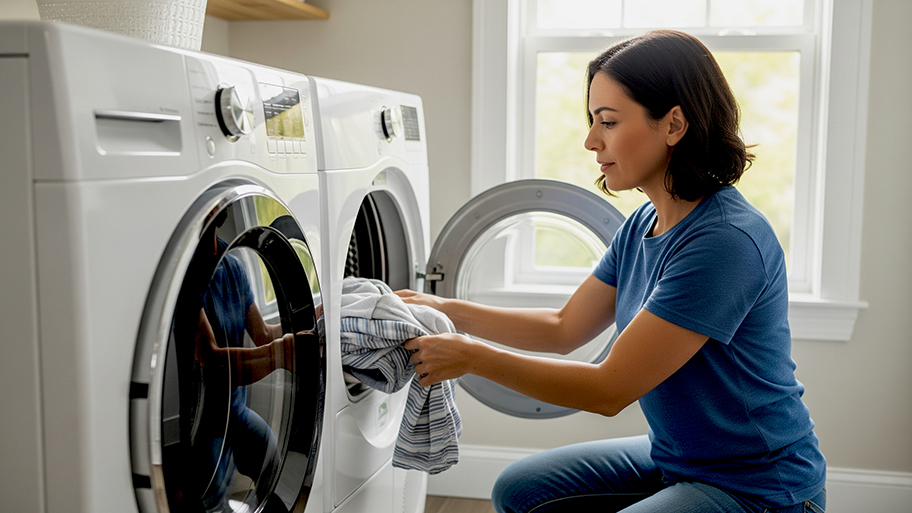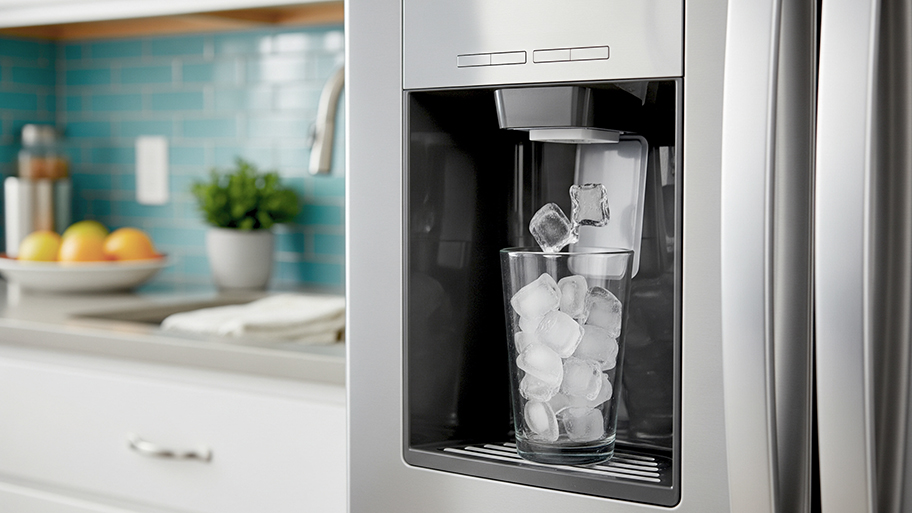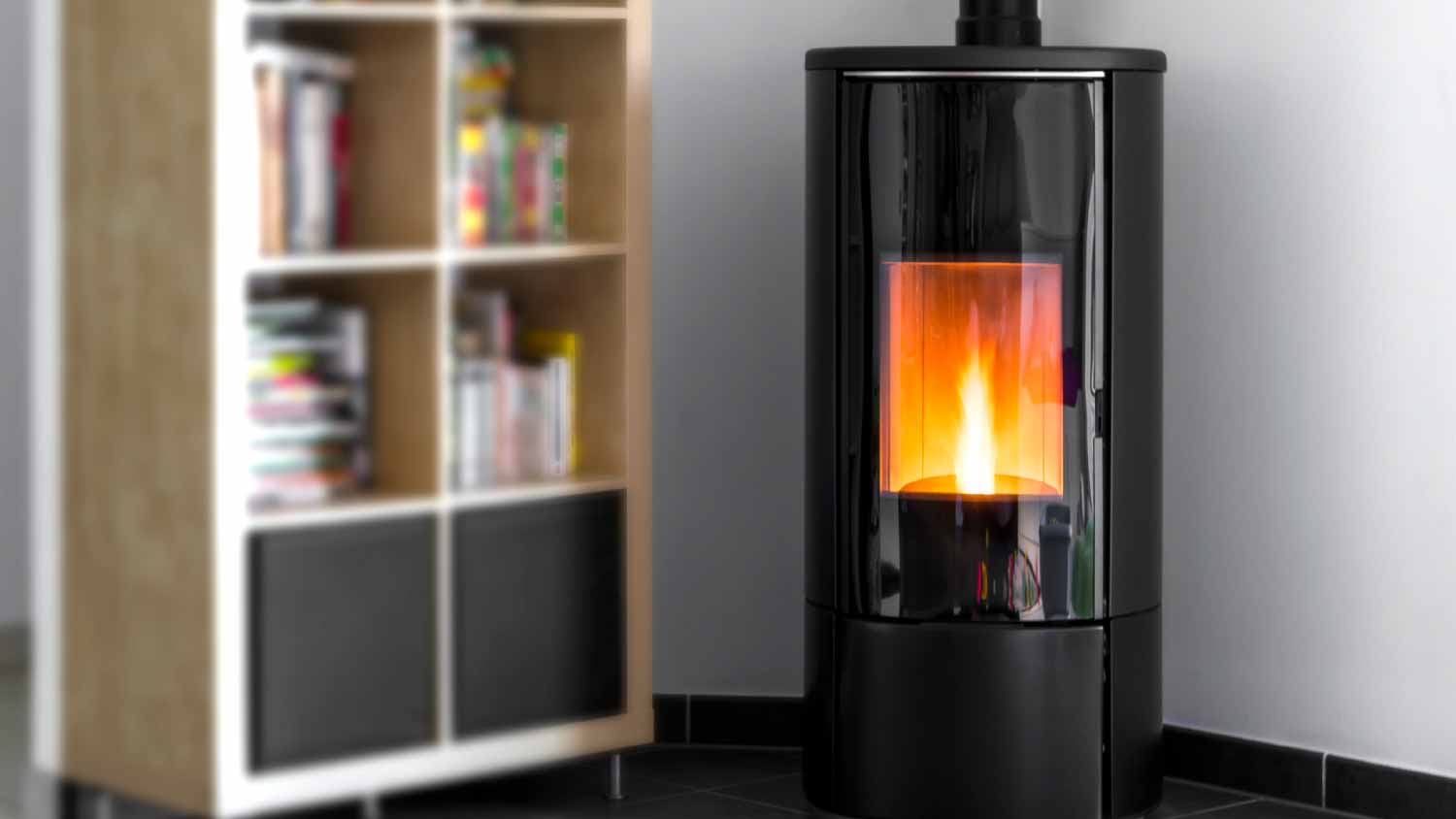
Replacing a dryer belt costs more than just the part unless you can DIY it. The labor cost can easily surpass 90% of the product cost, so if you are handy with tools, try it yourself first.
This expert-level project requires major skills


If you're looking to upgrade your laundry routine, installing a gas dryer can be an effective solution. Before learning how to install a gas dryer in your home, it's important to note that working with gas appliances requires careful attention to safety protocols. If you're ever unsure about a step or uncomfortable with any aspect of the installation, it's recommended that you consult a licensed professional to ensure the safety of your household.
Before you start the installation, check local building codes and regulations and obtain any necessary permits. Some gas appliance installations require permits, depending on your location. Prior to obtaining permits, you may need to have a location plan. In choosing your location, select an area that meets clearance requirements and is in proximity to a gas line and a grounded electrical outlet.
Installing a gas dryer requires safe knowledge of working with gas lines. If you're inexperienced with gas appliance installation, it's highly recommended to hire a professional dryer installer to ensure everything is done safely and accurately. Gas dryer installation cost ranges between $760 and $1650, which is well worth the price for peace of mind.
The most important step to ensure a safe installation is to turn off the gas supply. Located near the gas meter, find the main gas shut off valve and turn it off.

If you have an existing gas line, make sure it's compatible with the gas dryer's requirements. If so, ensure the line is clean and free of debris. If there isn't an existing gas line, one needs to be installed. This is a project best handled by a professional and you can expect to pay a gas line installation cost between $120 and $1350.
Locate the connection point for the gas dryer and install a gas shut off valve. This valve ensures you can isolate the gas supply to the dryer if needed.
Use your pipe thread sealant to attach a flexible gas line to the shut off valve. Attach the other end of the flexible gas line to the gas inlet at the back of the dryer using your wrench. Follow the manufacturer's instructions for the specific model to ensure proper connections.

Properly ventilating a gas dryer to the outside of your home is essential for safety and effectiveness. It helps prevent fire hazards and makes your clothes dryer operate more efficiently. Your dryer owner’s manual should include recommendations for ventilation.
If the gas dryer requires electrical power, plug it into a grounded electrical outlet. Then, use a level to ensure the dryer is level and stable. If necessary, adjust the dryer's feet.
Turn the gas supply back on and test for leaks. Apply the gas leak detector solution to the connections and joints. If any bubbles form, this indicates a gas leak is present. If you have a gas leak detector, you can use the tool to check for leaks. Place the leak detector near the fittings to determine if a leak is present. If you detect a leak, turn off the gas supply and fix the issue before proceeding.
Run a short test cycle on your dryer to ensure the appliance is heating and functioning correctly.
Once you confirm there are no leaks present and the dryer operates as intended, secure the gas line to the wall using gas line brackets or clips to prevent movement or damage.
Any project or installation involving gas should be handled by a professional. Safety is imperative when dealing with gas appliances, and incorrect installation can lead to serious hazards. Gas leaks can result in fires or natural gas poisoning, which is why connections should be handled with care and precision. If you're not comfortable working with gas lines or if you're unsure about any step in the process, it's best to consult a licensed dryer installation professional.
According to Angi data, the most common service request for an appliance installation is split between a dishwasher and a microwave or oven, both at 17% of customers. Other common appliances homeowners request help installing include washers, dryers, and a refrigerator or freezer.
From average costs to expert advice, get all the answers you need to get your job done.

Replacing a dryer belt costs more than just the part unless you can DIY it. The labor cost can easily surpass 90% of the product cost, so if you are handy with tools, try it yourself first.

Discover the average ice maker repair cost, key price factors, and tips to save. Learn how to budget for your ice maker repair and when to repair or replace.

Range hoods come in various styles and help keep your kitchen clear of odors, smoke, and grease. Here’s how much it costs to install a range hood by type.

A leaking washing machine can cause big problems like water damage, so make sure your washing machine drain is up to code with this helpful guide.

How do wood stove fans work, and why do you need one? Learn how to boost your home’s heating efficiency with our comprehensive guide.

Not sure who to hire to repair a wood pellet or gas stove? See which pro to call, what they do, and how the repair process works.